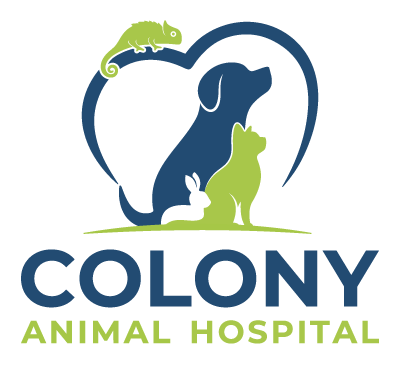Library
-
Tube feeding is important to maintain adequate nutrition and prevent liver problems in cats that are anorexic for at least 2 days. Tube feeding may be needed because of a mechanical problem interfering with ingestion of food or because of a systemic illness that is causing the cat to be anorexic. There are several different options for tube feeding. Naso-esophageal/naso-gastric intubation passes a tube down the nose into the esophagus and sometimes into the stomach. This is only suitable for short term feeding. Placement of an esophageal tube requires sedation or anesthesia as a hole is made through the skin and esophagus to pass the tube through into the esophagus. An esophageal tube can be maintained for weeks to months. A gastrostomy tube requires anesthesia to pass a tube through the skin directly into the stomach. This is beneficial for longer term feeding. A tube must be protected to prevent the cat from pulling it out. The recommended diet is administered in liquid form by a syringe several times a day. Complications are rare with clogging and inadvertent removal most common.
-
Tumors are cancerous growths. They may be found on the surface of a bird's body or in the internal organs. Veterinary examination of any growth or lump is highly advised as tumors may grow rapidly or spread.
-
Lipomas are fatty tumors that affect a variety of pet birds. These are typically benign fatty growths found under the skin. It is classically considered to have both a nutritional and genetic factor for development.
-
Xanthomas are discrete masses or diffuse, thickened areas of skin that are yellow-orange and dimpled in appearance. They are accumulations of fat and cholesterol and are most commonly found in cockatiels and budgies (and they are more often found in females).
-
Damage to the tympanic membrane and middle ear infections can be very painful for cats and cause a variety of clinical signs affecting the skin and nervous system. Diagnosis often requires a thorough ear examination with testing while your cat is under sedation or anesthesia. The treatment methods and prognosis depend on the nature of your cat's condition.
-
Damage to the tympanic membrane and middle ear infections can be very painful for dogs and cause a variety of clinical signs affecting the skin and nervous system. Diagnosis often requires a thorough ear examination with testing while your dog is under sedation or anesthesia. The treatment methods and prognosis depend on the nature of your dog's condition.
-
An umbilical hernia is a protrusion of the abdominal lining, abdominal fat, or a portion of abdominal organ(s) through the area around the umbilicus. An umbilical hernia can vary in size from less than a ¼” (1cm) to more than 1” (2.5cm) in diameter. Small (less than ¼” or 1cm) hernias may close spontaneously (without treatment) by age 3 to 4 months. If the hernia has not closed by the time of spaying or neutering, surgical repair of the hernia is recommended and prognosis is excellent.
-
An umbilical hernia is a protrusion of the abdominal lining, abdominal fat, or a portion of abdominal organ(s) through the area around the umbilicus. An umbilical hernia can vary in size from less than a ¼” (1cm) to more than 1” (2.5cm) in diameter. Small (less than ¼” or 1cm) hernias may close spontaneously (without treatment) by age 3 to 4 months. If the hernia has not closed by the time of spaying or neutering, surgical repair of the hernia is recommended and prognosis is excellent.
-
Cats exhibit a wide range of behaviors that are quite normal yet may be considered undesirable by the people with whom they share their homes. Most of these behaviors develop to satisfy an innate need. Rather than trying to stop your cat from engaging in instinctual and naturally rewarding behaviors, it is essential to provide your cat with substitute behaviors and outlets that satisfy your cat’s needs.
-
The anconeal process is a small projection of bone on the ulna, the longer of the two bones of the forearm. If the anconeal process does not fuse to the rest of the ulna correctly during growth, it causes a condition called ununited anconeal process (UAP). This problem appears to be hereditary mostly in large breeds. When this part of the ulna does not fuse, the elbow joint becomes unstable, causing lameness and pain. Treatment requires surgery. Some form of rehabilitation will improve your dog's chances of making a full recovery from surgery and minimize lameness problems.

